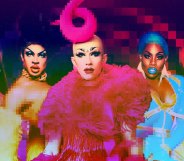How Red, White & Royal Blue breaks the mould for joyous queer stories in mainstream cinema
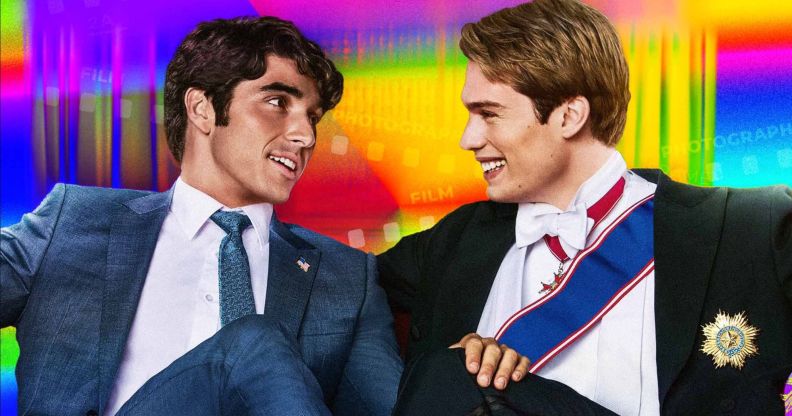
A Red, White & Royal Blue sequel has been confirmed by director Matthew López. (Prime Video)
You’ve probably heard something about Red, White & Royal Blue by now.
The film adaptation of Casey McQuiston’s best-selling queer romance novel, has been out for just a few days, and been almost impossible to ignore.
It has a simple, if rather far-fetched, premise: British royal Prince Henry is the arch enemy of the son of the first female US president, Alex Claremont-Diaz.
After a scuffle at a royal wedding leaves them at risk of an international scandal, they’re forced to become faux friends for the cameras. Before long, they’re late-night texting and making plans for secret, intimate trips to Paris. They settle into their sexuality and each other’s arms, falling in love.
It’s sweet and hasn’t strayed too far from the classic romcom formula, but, clearly, it’s worked. Red, White & Royal Blue is still trending on X (formerly Twitter) while over on TikTok, the story’s hashtag #RWRB has half a billion views, while several montages of clips from the film have amassed more than a million “likes” each.
Perhaps most tellingly, the film almost instantly became Prime Video’s most-watched movie at the weekend. With reduced promotion thanks to the ongoing Hollywood strikes, that’s an impressive feat.
Along with hope for a future queer royal and more jobs for the swoon-inducing Nicholas Galitzine, who plays Henry, and Taylor Zakhar Perez (Alex), the film has set a precedent for how successful overtly queer, enjoyably corny cinema can be.
It’s not often that queer romances become mainstream hits, and when they do, the stories are often rooted in or laced heavily with trauma. There’s Ang Lee’s Oscar-winning Brokeback Mountain. It enjoyed praise from critics and audiences alike, but the heart-wrenching story made it difficult to actually enjoy.
Then there was Barry Jenkins’ coming-of-age Moonlight, which won the best picture Oscar in 2017. Some of the performances were beyond brilliant, but, again, it was a tough watch.
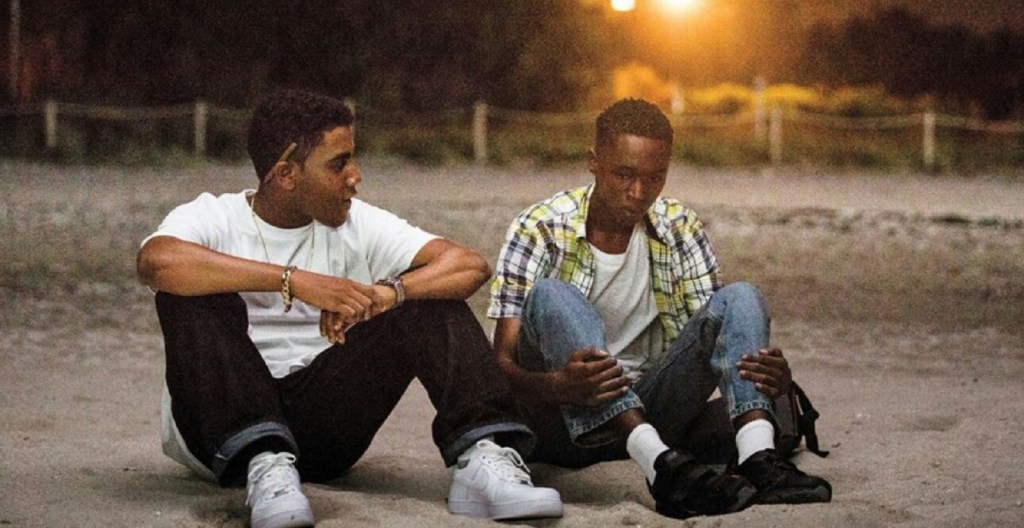
You can’t really compare Red, White & Royal Blue to either of those classics. Matthew López’s romcom is highly unlikely to even get a passing mention when it comes to the Academy Awards. But space for soppy queer films has been so small, and success has been so sparse, that this one deserves to be celebrated.
The past five years have shown us that there is, on the whole, a market out there for light-hearted, queer stories. It feels as if 2018’s warm-hearted Love, Simon, starring Nick Robinson as a closeted teen, opened the floodgates. Booksmart and Dating Amber followed, although to a far-more-muted response.
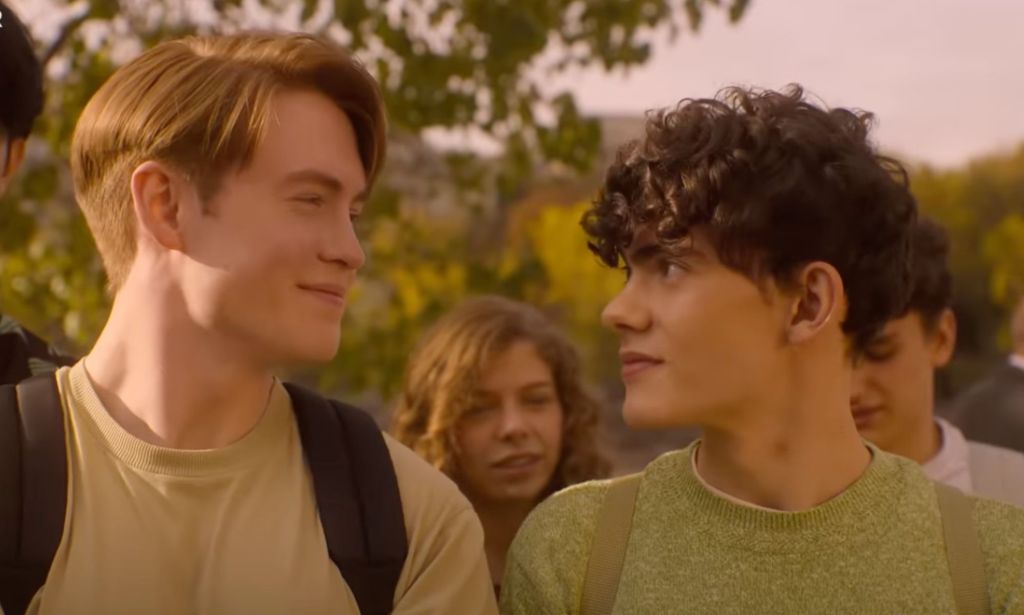
In 2022, that market seemingly exploded, and fuzzy, funny LGBTQ+ stories were everywhere – with varying degrees of success. Netflix’s Heartstopper, although a TV series, quickly became a smash, with its recently released second series garnering 6.1 million watches in its first week.
Joel Kim Booster’s heartfelt romcom Fire Island found relative success but Bros, released just a few months later, was dubbed a commercial flop. The latter made just short of $15 million at the box office, on a budget of $22 million. At the time, its writer and lead star Billy Eichner hinted that he believed homophobia was behind the failure.
It’s not easy to distinguish what makes a film a hit or a miss. Bros was released in cinemas, whereas Fire Island, Heartstopper, and Red, White & Royal Blue are out exclusively on streaming services. The two TV adaptations also benefited from pre-existing fandoms thanks to the books they were based on.
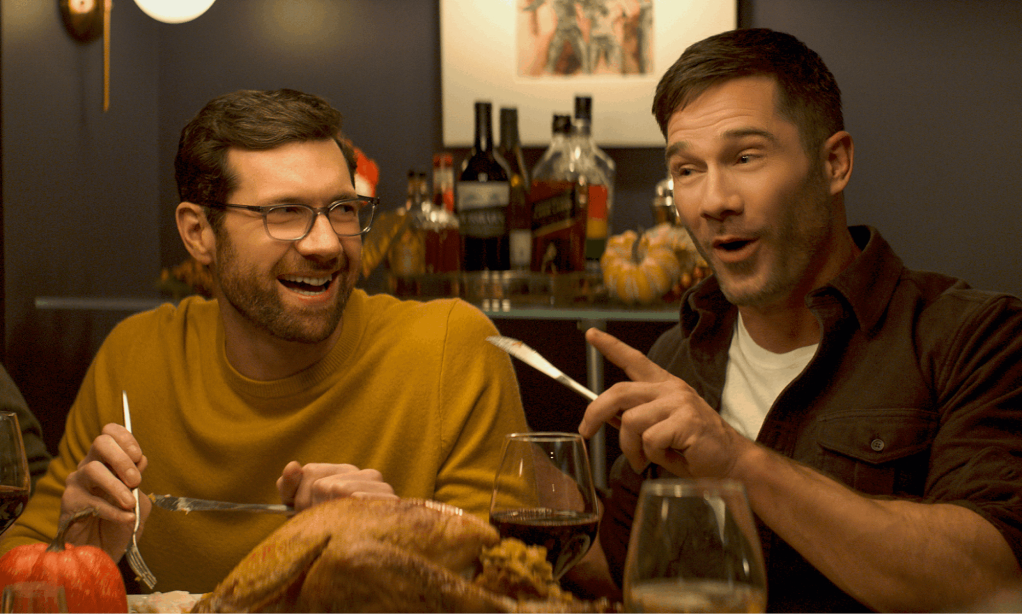
However, what these releases show is that film and TV studios have never been more willing to try to tell uplifting queer stories, and entertainment lovers – both queer and otherwise – are becoming ever-more receptive to them.
Queer films are, like queer people themselves, becoming more three-dimensional. Brokeback Mountain tells of life-ruining homophobia, while Moonlight delves into the struggle of realising your queer identity. Heartstopper reflects the coming-of-age journey that so many LGBTQ+ teens endure, while Bros and Fire Island explore queer adulthood and all the hilarious, messy, sexual antics that go with it.
Red, White & Royal Blue, to some degree, does all of the above. There’s light humour, some PG sex scenes, and sweet sentimentality – plus the debilitating fear of coming out.
Is it cinematic perfection, worthy of endless awards and critical acclaim? Not particularly. It’s a harmless, frivolous story that could have quite easily been created by the Hallmark Channel.
It’s just nice to see that these queer stories not only have a space, but that they can find a huge fan base, too.
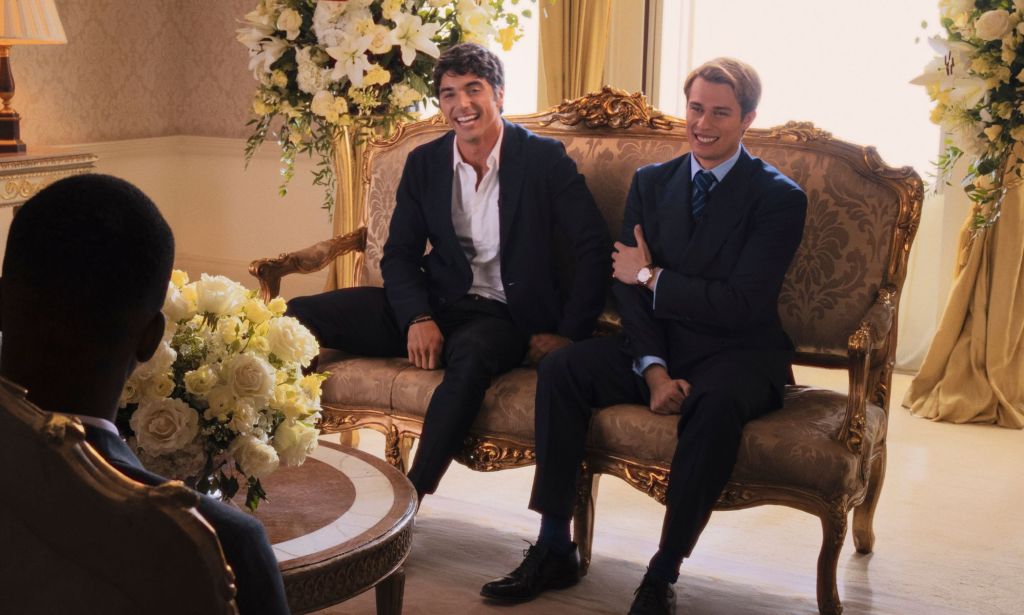
How did this story make you feel?
